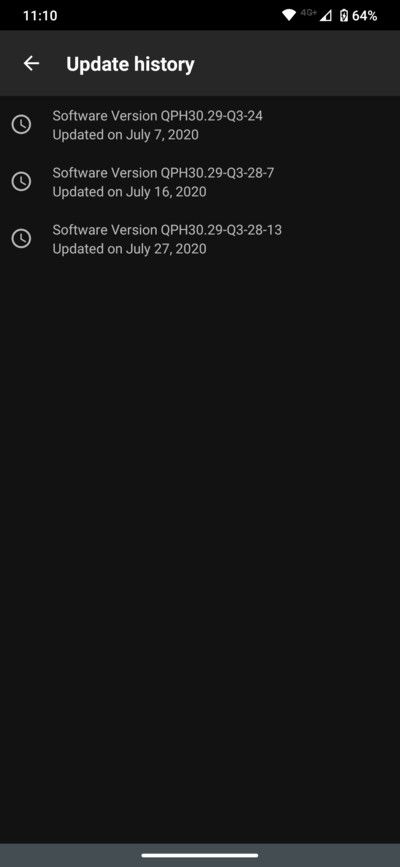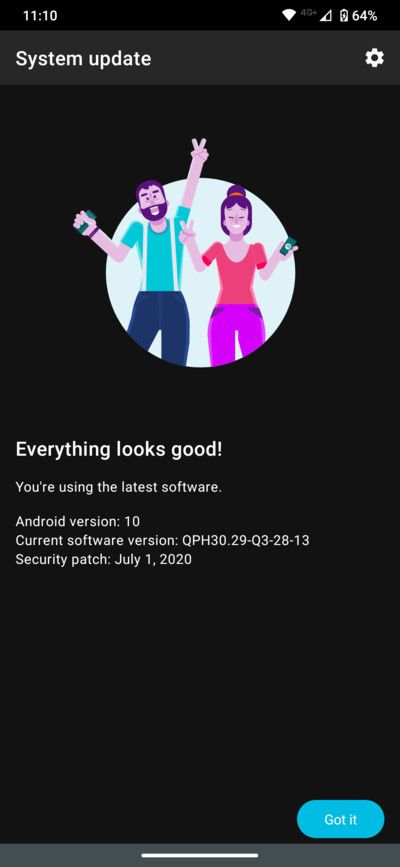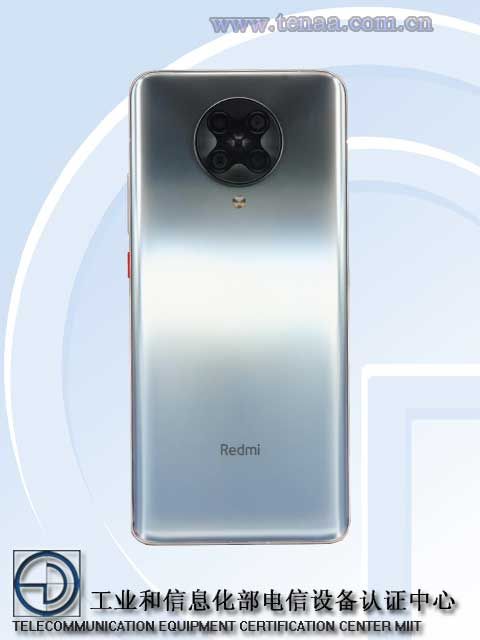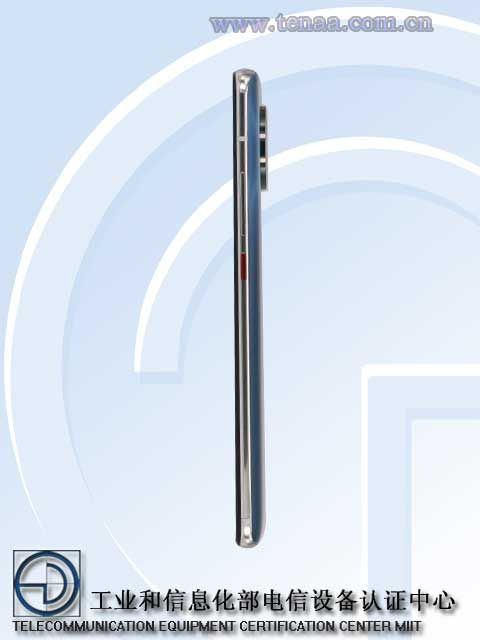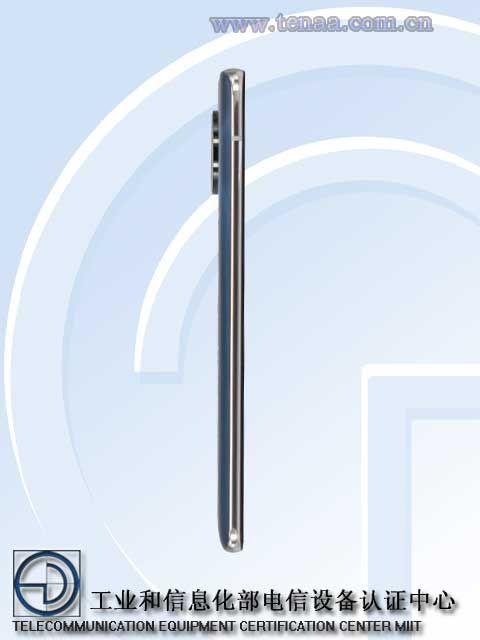As the world changes, people are changing the way they shop. New solutions are needed to present new and effective ways for consumers to interact with online stores. This is where Huawei’s Live E-commerce service comes in. The new e-commerce solution is designed to help merchants boost their traffic while lowering costs. Live streaming brings new opportunities driven by e-commerce transformation. Online retailers will be able to easily implement this solution, which is based on Huawei Mobile Services (HMS) to enhance live commerce capabilities.
Live E-commerce to be Officially Announce on Huawei Developer Day
To announce the launch of Live E-commerce, Huawei will be using their Huawei Developer Day #HDD event which is streamed online. This event will have the primary focus of showing online retailers, businesses, and developers how they can use HMS to profit off of the constantly-evolving online retail landscape. This event will demonstrate how Huawei is making live commerce easier, faster, and more immersive than ever. The key to this is the combination of the HMS compatibility kits. These allow developers to create a single e-commerce solution. The combination of Live E-commerce and HMS gives Huawei the technological advantage over other platforms in this field. Online retailers will now be able to produce a truly intelligent live commerce experience. HMS Core kits provide e-commerce platforms with easier control, more efficient operation, and more immersive scenario-based live stream experience.
Huawei Developer Day
The Huawei Developer Webinar | Connect LIVEs with E-commerce
CLICK HERE TO WATCH THE EVENT LIVE
August 6th, 2020
The HDD event is totally free for developers to attend. It is hosted online in the form of livestreams that features speakers from partnering companies like LiveMe, Kumu and others. Developers that attend the event will have the opportunity to learn about the different ways that Huawei can help them increase their traffic. Using the powerful tools designed for online platforms, you’ll learn how to create a richer and more advanced live streaming experience. Huawei’s innovative technology enhances e-commerce capabilities, assisting vendors, and developers to realize business gains.
“With more consumers and vendors converting to live commerce streaming to sell and buy products, e-commerce is continuing its rapid growth and represent an increasingly large section of the global retail industry. A key priority for Huawei is supporting the expanding number of developers around the world in this field, which is why our next HDD is dedicated entirely to e-commerce and online retailers. HDD is an invaluable opportunity for developers and retailers of all sizes and sectors to get a head start on competitors and learn how our new and enhanced HMS-based solution can greatly enhance their live commerce capabilities.”
The HDD event will be very beneficial to anyone looking to learn about the increasingly interactive market of online retail. The livestreamed event will be one hour long and will feature interaction from the audience, in the form of live comments. This event is part of Huawei’s commitment to creating a better experience for developers, which includes an all-scenario smart ecosystem.
All of this is part of the support and resources that Huawei dedicates to developers that use HMS and host their apps on the AppGallery. Huawei’s fully open Chip-Device-Cloud capabilities enable the best app experience while promoting innovation. If you are a developer and want to learn how to succeed in this market, make sure you tune-in to the Huawei Developers Day event on August 6th, 2020.
This post is sponsored and written in part by HUAWEI. Our sponsors help us pay for the many costs associated with running XDA, including server costs, full time developers, news writers, and much more. While you might see sponsored content (which will always be labeled as such) alongside Portal content, the Portal team is in no way responsible for these posts. Sponsored content, advertising and XDA Depot are managed by a separate team entirely. XDA will never compromise its journalistic integrity by accepting money to write favorably about a company, or alter our opinions or views in any way. Our opinion cannot be bought.
The post Huawei to Revolutionize Commerce with New Live E-commerce Platform appeared first on xda-developers.
from xda-developers https://ift.tt/338XFLs
via IFTTT


